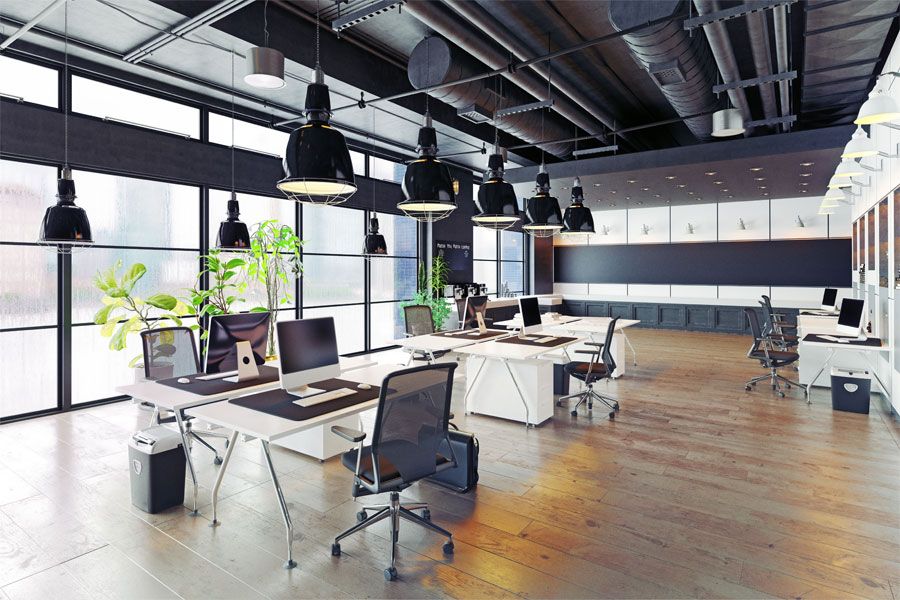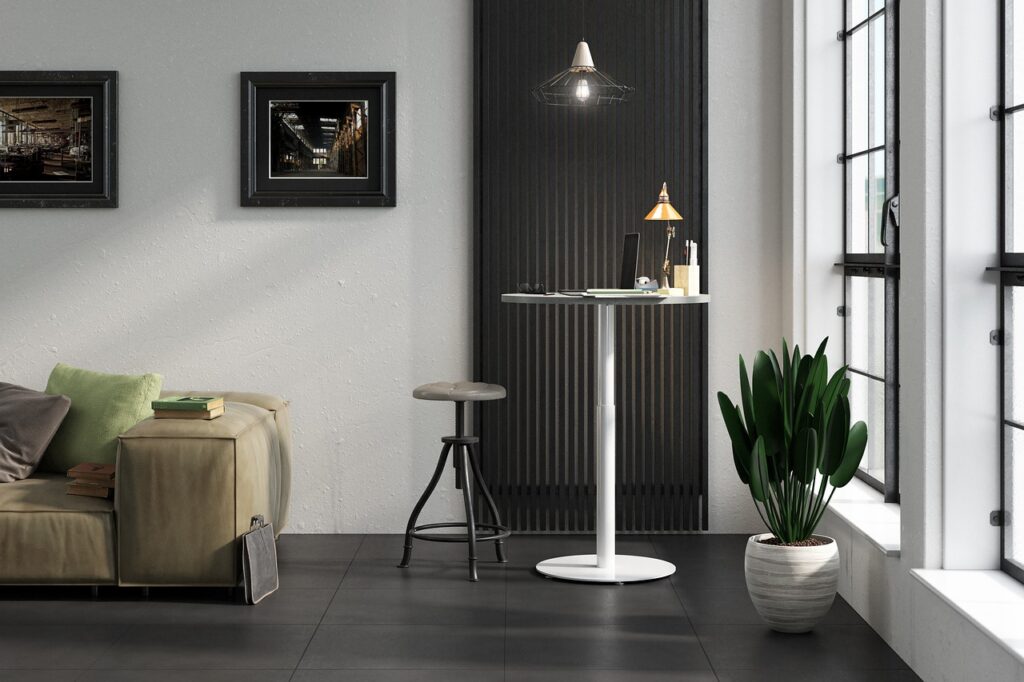One of the biggest myths in commercial design is that you need a massive budget to create an impactful office. The truth? Smart choices and strategic planning can result in beautiful, functional interiors—without overspending.
In this guide, we’ll show you how to balance cost and quality in commercial interior design. Whether you’re building a new office or revamping an existing space, these strategies will help you save smart, not cut corners.
1. Start With a Clear Space Plan
One of the costliest mistakes is redesigning without a detailed space plan. A well-thought-out layout helps avoid rework, optimizes square footage, and improves user flow.
Tip: Use digital tools and 3D visualization to simulate your layout before any material is procured.
2. Prioritize Impact Zones
You don’t need to splurge everywhere. Focus your investment on high-visibility or high-use areas:
- Reception and waiting areas
- Conference rooms
- Collaboration hubs
For other areas like corridors or storage, go for functional yet affordable solutions.
3. Choose Budget-Friendly, Durable Materials
Luxury doesn’t always mean expensive. Today’s market offers durable, stylish, and affordable options:
- Laminates and vinyl flooring instead of hardwood
- Modular furniture over custom-built
- Engineered quartz instead of imported stone
Tip: Stick to timeless designs that age well instead of trendy, high-maintenance elements.
4. Reuse and Repurpose Wisely
Not everything has to be new. Audit your current assets:
- Can workstations be refurbished?
- Can partitions be re-laminated or frosted?
- Can lighting fixtures be updated instead of replaced?
Reusing existing infrastructure can cut costs by up to 30%.
5. Embrace Modular and Prefab Solutions
Modular furniture, partitions, and prefab structures reduce labor time and material waste. They also make future expansion or relocation easier.
Bonus: You get faster project timelines and more consistent finish quality.
6. Work With Design-Build Firms
Hiring a firm that handles both design and execution ensures better coordination, cost control, and accountability.
Design-build firms often have vendor relationships that offer bulk pricing on materials, fit-outs, and lighting.
Final Thoughts
Designing an office on a budget doesn’t mean compromising on quality. It means being intentional—about planning, materials, vendors, and workflow.
By focusing on value engineering and strategic investment, you can build a workplace that looks premium, functions perfectly, and fits your budget.
Internal Linking Suggestions:





